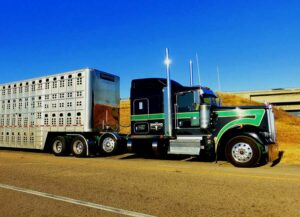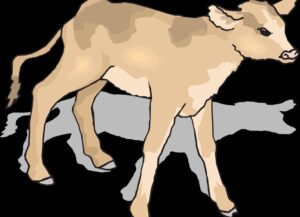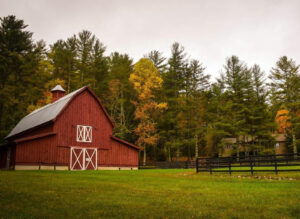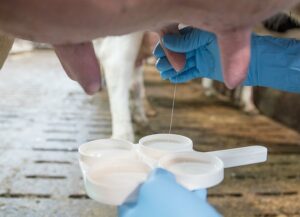Mercedes Gonzalez & Fernando Diaz
One of the key steps to achieve optimal quality during silage storage, is to extract the air to maximize anaerobic conditions necessary to promote a lactic fermentation of the chopped plants.
Air elimination is achieved by compacting the forage material by treading on top, usually with the use of heavy machinery. Compaction will be insufficient if the grass is not well cut and/or has excessive particle size, or if the equipment does not have enough weight per ton of forage.
There are large variations in silage density between the walls of bunker silos. According to some authors, this can be between 133 and 269 kg of dry matter (DM)/m3 (Craig et al. 2009) and between 173 and 229 kg of DM/m3 (Spiekers et al. 2009). Higher values were observed at the bottom center, and the lowest values in the top layers and the sides.
Several studies have found greater DM losses in bunker silos than in round baled silage. Dry matter losses in bunker silos are usually due to the development of aerobic conditions during filling, preservation and at feeding time. Although other authors attribute it to the higher DM density and the more compact sealing that is obtained by stretchable plastic in the round baled silage compared to the bunker silo.
However, many large farms opt for the bunker conservation system because of its lower costs. Usually, and to have greater flexibility in silage making and cow feeding cows, each farm usually has at least two silos.
A study in Norway (Randby et al 2020) was set to compare the effects of bunker silo compaction using a conventional tractor or loader shovel. Two silos of timothy grass, fescue, violet clover (Dalea purpurea) and white clover were put up that had been cut in sunny weather conditions without rain. One was compacted with a farm tractor weighing 8.3 tons and the other with a 14.5-ton loader shovel. Once full, both silos were covered with thick black plastic with an oxygen permeability of 180 cm3/m2 and affixed to the sidewalls and the end inside the silage.
After filling each silo with the last trailer load, the compacting equipment packed it for 30 more minutes, and after 24 hours, a thin 0.04 mm plastic layer with oxygen permeability 940 cm 3/m2 was placed on top. The entire silage surface was then manually pushed in the groove left between the silage on the top and the thick plastic hanging from the walls. Car tires were placed all over the surface to increase the weight and compaction of the silage.
The higher silage density was achieved with a loader shovel
In this study, the compaction with a loader shovel achieved a higher silage density (8.7% more) than the compaction with tractor (224 vs. 206 kg of DM/m3). During the conservation period, silage volumes were slightly reduced more in the tractor-compacted silage than with the loader shovel. There were also no differences in the chemical composition or digestibility of both.
As for the effects on the microbiological composition, higher concentrations of yeasts were observed in the tractor-compacted than in the loader-compacted silo. This can be explained by increased exposure to air due to lower compaction during tractor-compacted silo filling.
Although increased silage density reduces air entrance into the silage mass during feeding, it was not observed that there was a greater effect of this higher density on its aerobic stability. Tires placed on top do not put enough pressure on the areas near the side and rear walls of the silo; it is important then to increase the number of drive overs with the tractor near the walls to increase density in these areas.
This study concluded that heavier vehicles, such as loader shovels, achieve more efficient compaction obtaining higher densities and lower DM losses than with conventional tractors.
Reference
Ashild T. Randby, Haakon N. Halvorsen, Anne Kjersti Bakken. Losses and grass silage quality in bunker silos compacted by tractor versus wheel loader. Animal Feed Science and Technology. 2020 Aug; 266: 2-19.
© 2020 Dairy Knowledge Center. All Rights Reserved.











